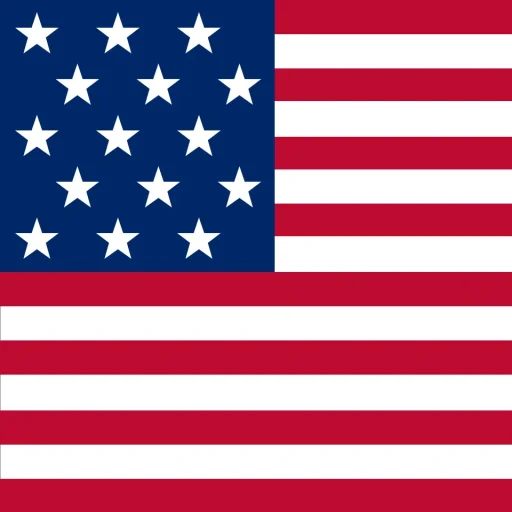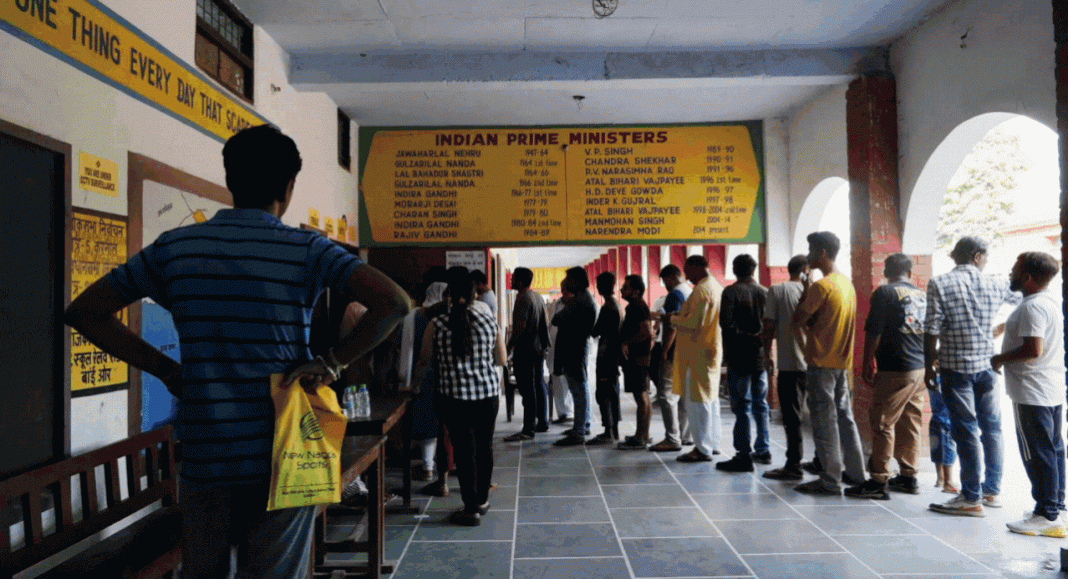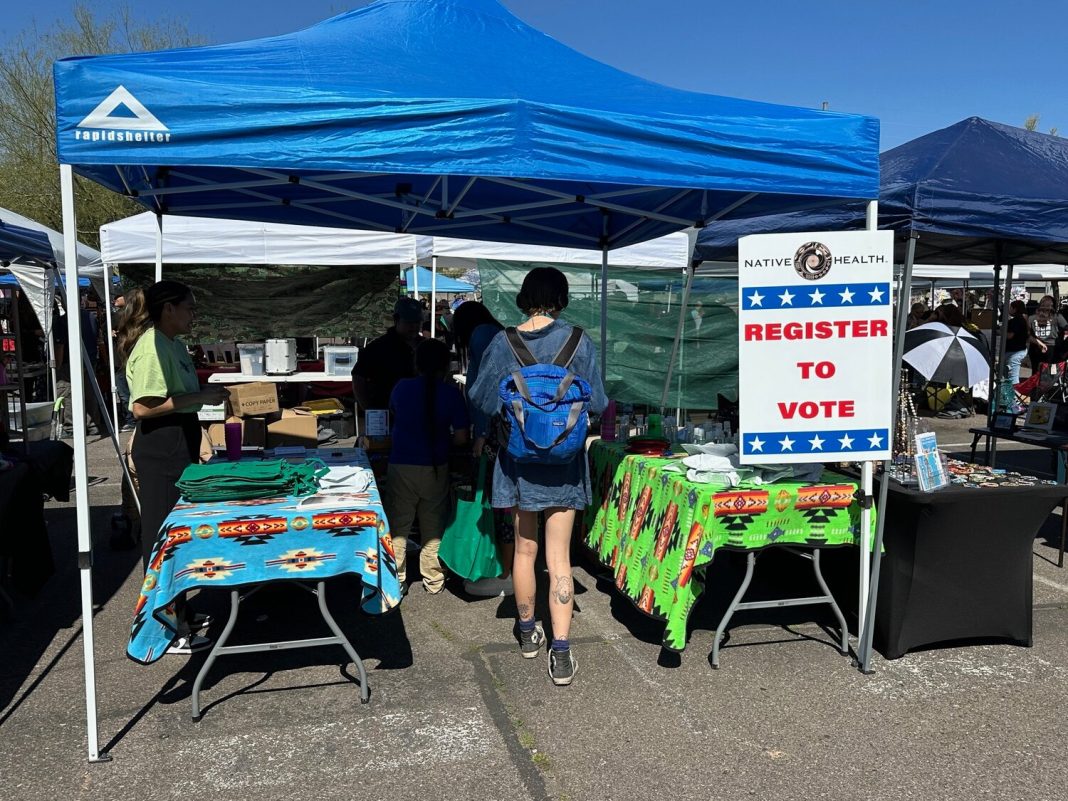Trump’s Wisconsin Blitz: A Sign of Republican Anxiety Ahead of the Election
MADISON, Wis. – In a clear sign of the stakes involved in the upcoming presidential election, Donald Trump is making his fourth campaign stop in Wisconsin in just eight days. This surge in activity reflects growing concerns among Republicans about matching the enthusiasm and turnout efforts of Democrats, particularly as the election draws near.
Brandon Scholz, a seasoned Republican strategist and political observer in Wisconsin, noted the palpable anxiety within the party. “In the political chatter class, they’re worried,” he said. Scholz, who supported Trump in 2020 but is now undecided, emphasized that Republicans have valid reasons to be concerned about their chances.
Trump’s latest rally is set for Sunday afternoon in Juneau, Dodge County, a region he dominated in the 2020 election with 65% of the vote. Local Republican Party chairman Jack Yuds expressed confidence in Trump’s support, stating, “I can’t keep signs in. They want everything he’s got. If it says Trump on it, you can sell it.” This enthusiasm is crucial as Wisconsin has historically been a battleground state, having voted Republican only once in the last 40 years.
The stakes are high for both candidates. Trump narrowly won Wisconsin in 2016 by fewer than 23,000 votes but lost to Joe Biden in 2020 by just under 21,000 votes. A victory for Trump in November could significantly hinder Kamala Harris’s path to the White House.
In a strategic move, Trump made his first-ever visit to Dane County on Tuesday, home to the liberal stronghold of Madison, aiming to galvanize Republican support even in traditionally Democratic areas. Former Governor Scott Walker highlighted the importance of a comprehensive strategy, stating, “To win statewide you’ve got to have a 72-county strategy.”
Financially, the Trump campaign and its allies have outspent Harris and her supporters in Wisconsin, with $35 million in advertising compared to Harris’s $31 million since she declared her candidacy in July. However, Harris’s campaign has reserved more advertising time in the state leading up to the election, with over $25 million compared to Trump’s $20 million.
Harris is also making her presence felt in Wisconsin, having rallied over 10,000 supporters in Madison last month. Her recent event in Ripon, the birthplace of the Republican Party, aimed to appeal to moderate and disenchanted conservatives, showcasing her strategy to broaden her base.
Both candidates are focusing heavily on Wisconsin, along with Michigan and Pennsylvania, states that flipped from Trump to Biden in the last election. While Trump’s campaign is optimistic about its chances in Pennsylvania and other Sunbelt states, Wisconsin presents a unique challenge.
Chris LaCivita, a senior adviser to Trump, acknowledged the tight race in Wisconsin, stating, “That’s going to be a very tight — very, very tight, all the way to the end.” He emphasized the campaign’s improved organizational efforts compared to four years ago, which they believe will make a difference.
Polls indicate a neck-and-neck race in Wisconsin, with both parties showing high levels of enthusiasm. Mark Graul, who managed George W. Bush’s 2004 campaign in the state, pointed out that the key to victory lies in mobilizing infrequent voters rather than just relying on rallies.
As both Trump and Harris ramp up their efforts in Wisconsin, the focus will be on who can effectively persuade those crucial voters to turn out on Election Day. With the election just around the corner, every rally, advertisement, and campaign strategy will play a pivotal role in determining the outcome in this critical battleground state.



